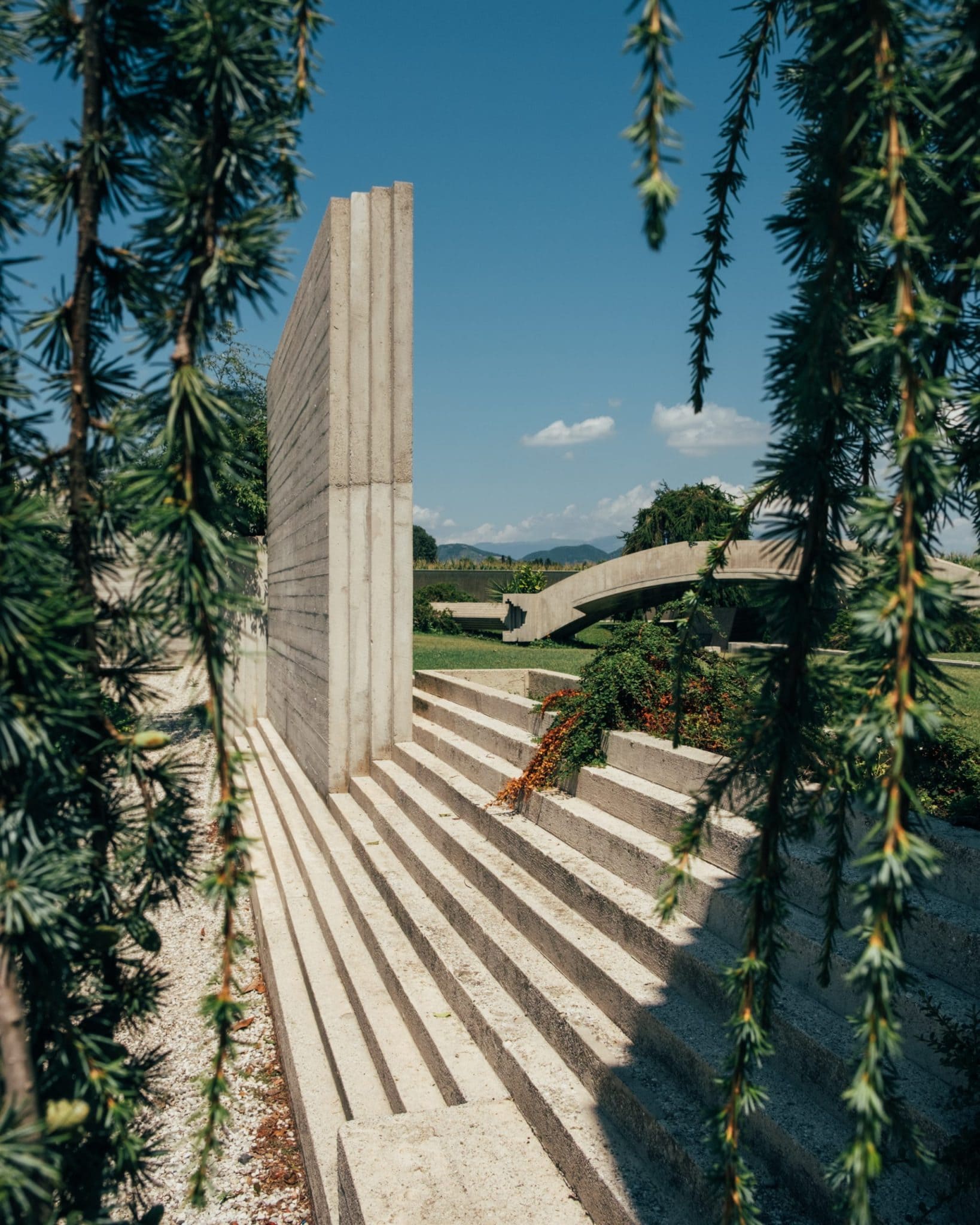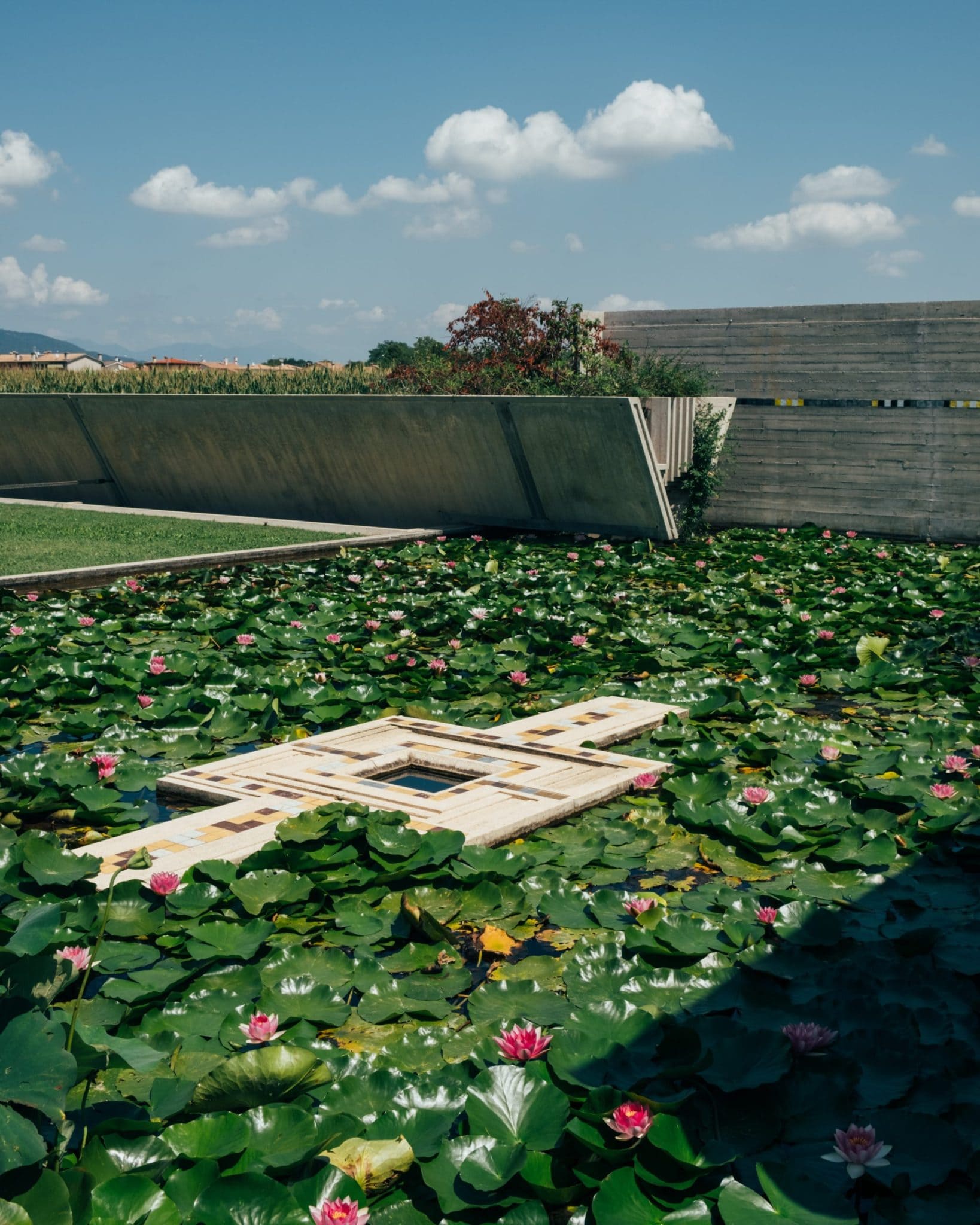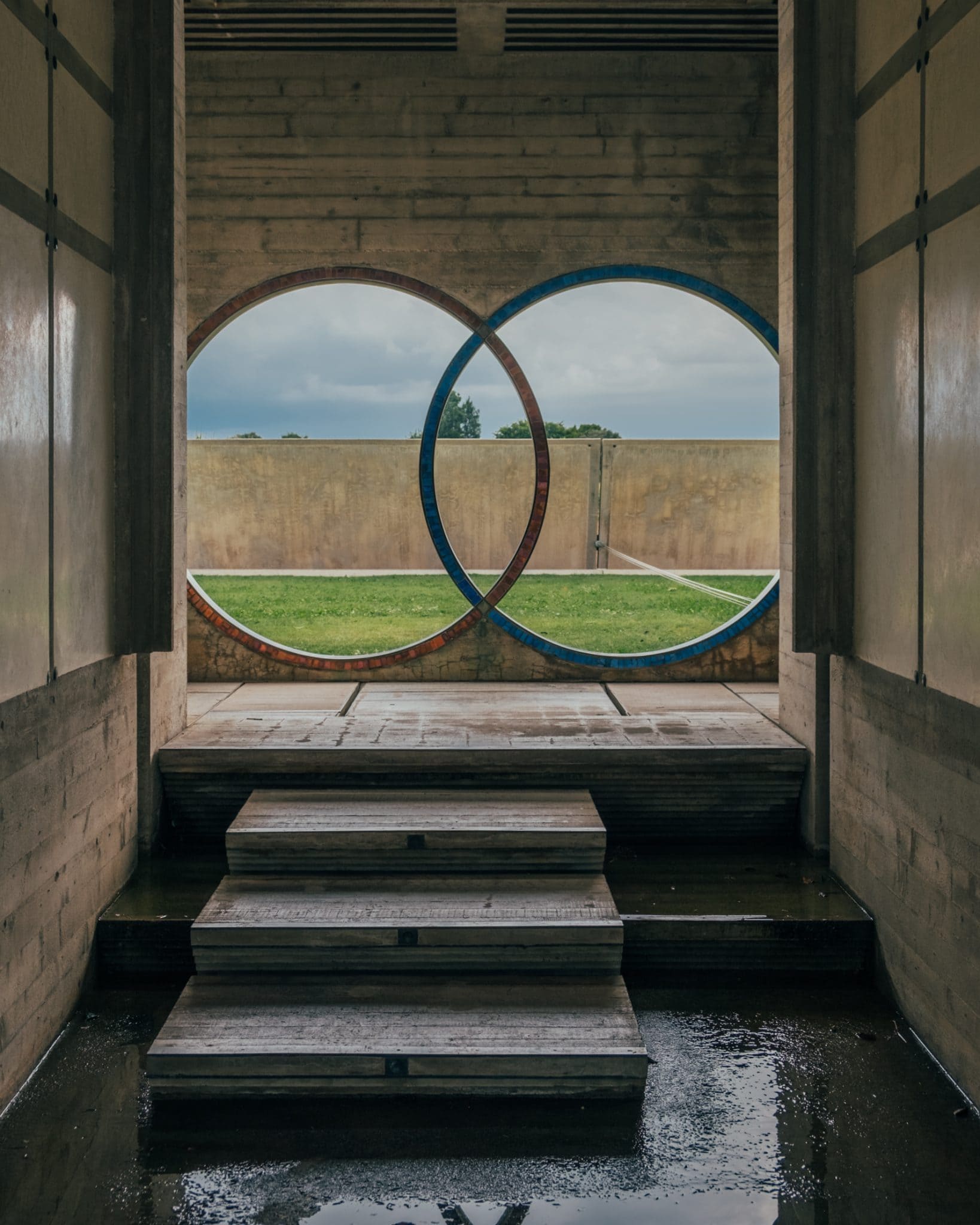
A Sanctuary Full of Symbolism
The Brion Tomb
I have always thought that architecture serves as a way for humans to time travel. The art of designing spaces in a specific time and place allows us to experience different moments throughout history from an up close point of view. The past, the present and the future can all coexist in one structure where our imaginations can walk us through endless narratives and possibilities.

To tell a story through architecture is truly an enchanting way of honoring the spaces in which we all inhabit or dream to visit. It’s the materialization of imaginary worlds waiting to be built. As Le Corbusier said, “the ultimate aim of all creative activity is building”. In a figurative way, we all build our life to honor the past and construct the future as a way to elude time.

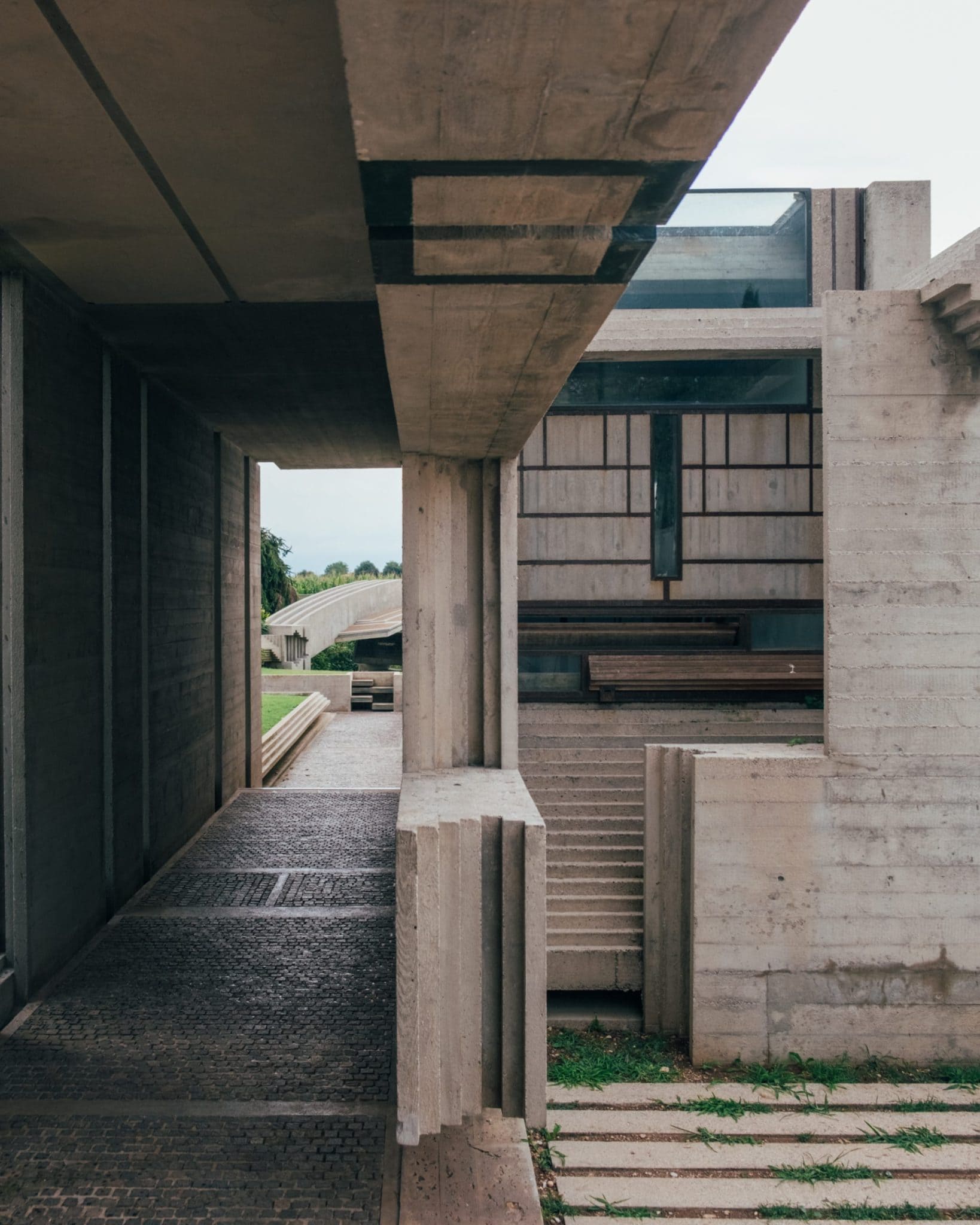
When I think about the concept of time within architectural narrative, the Italian architect Carlo Scarpa comes to mind as most of his works feature a mix of old historic elements as well as modern details. His combination of the ancient and modern is well reflected with the use of materials like concrete, glass, wood and brass, conveying a variety of symbols in each of his structures.
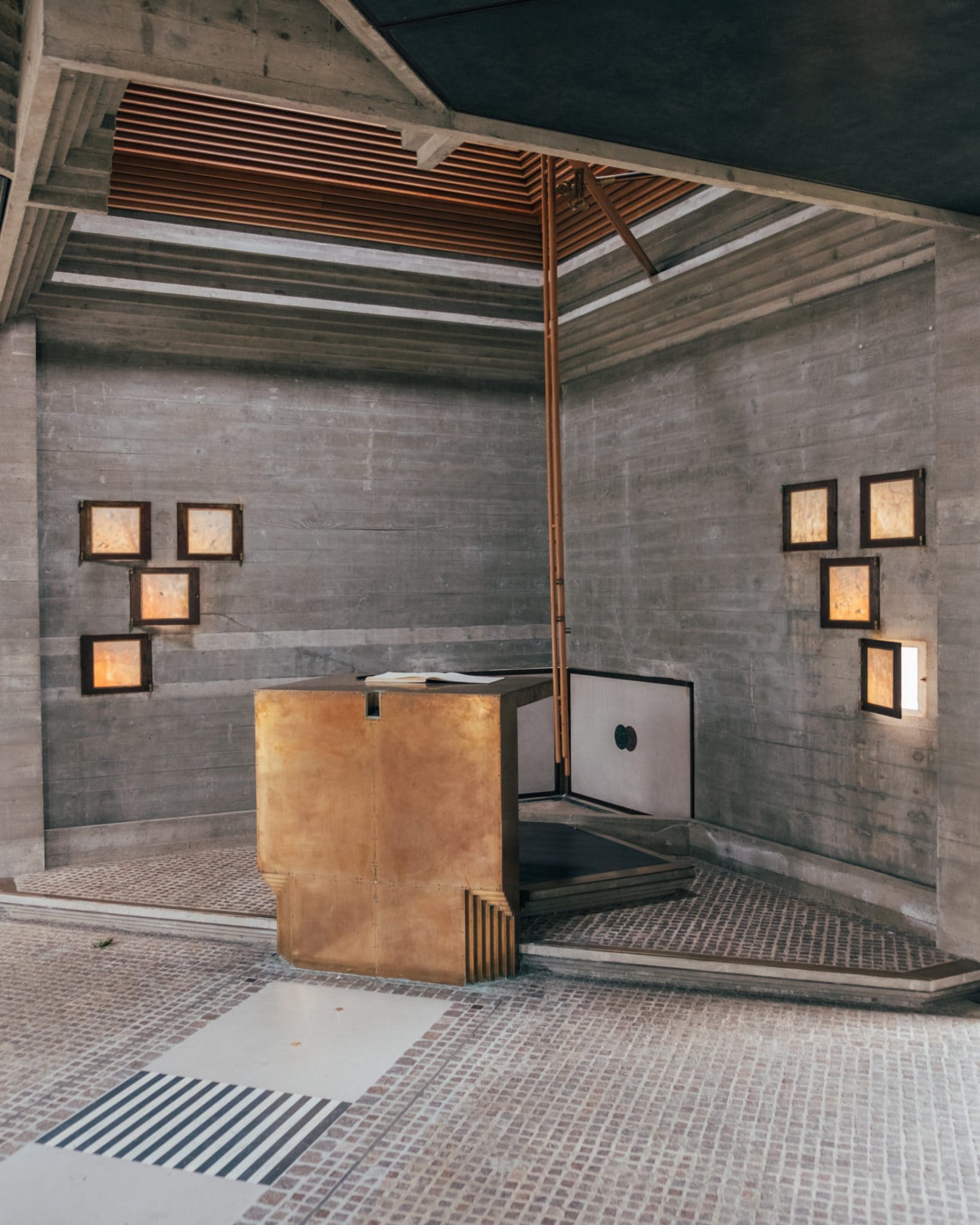
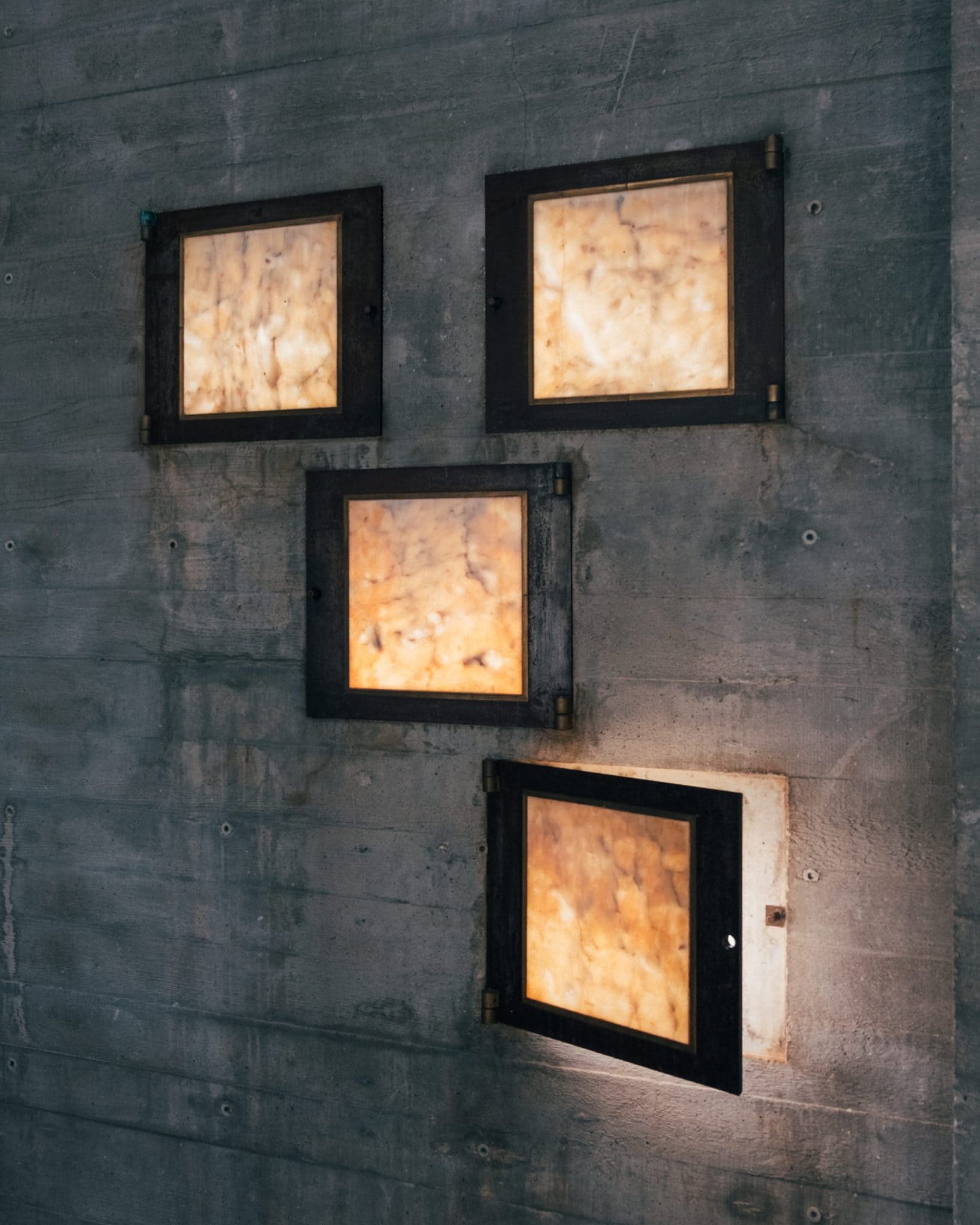
Symbolism plays an important role in Scarpa’s architecture, particularly in one of his most significant works: the Brion Tomb. This monumental funeral complex was commissioned by Onorina Brion Tomasin in memory of her beloved spouse Giuseppe Brion in 1969. The tomb is located in the cultivated countryside of the Asolani hills in the Treviso province in Italy.
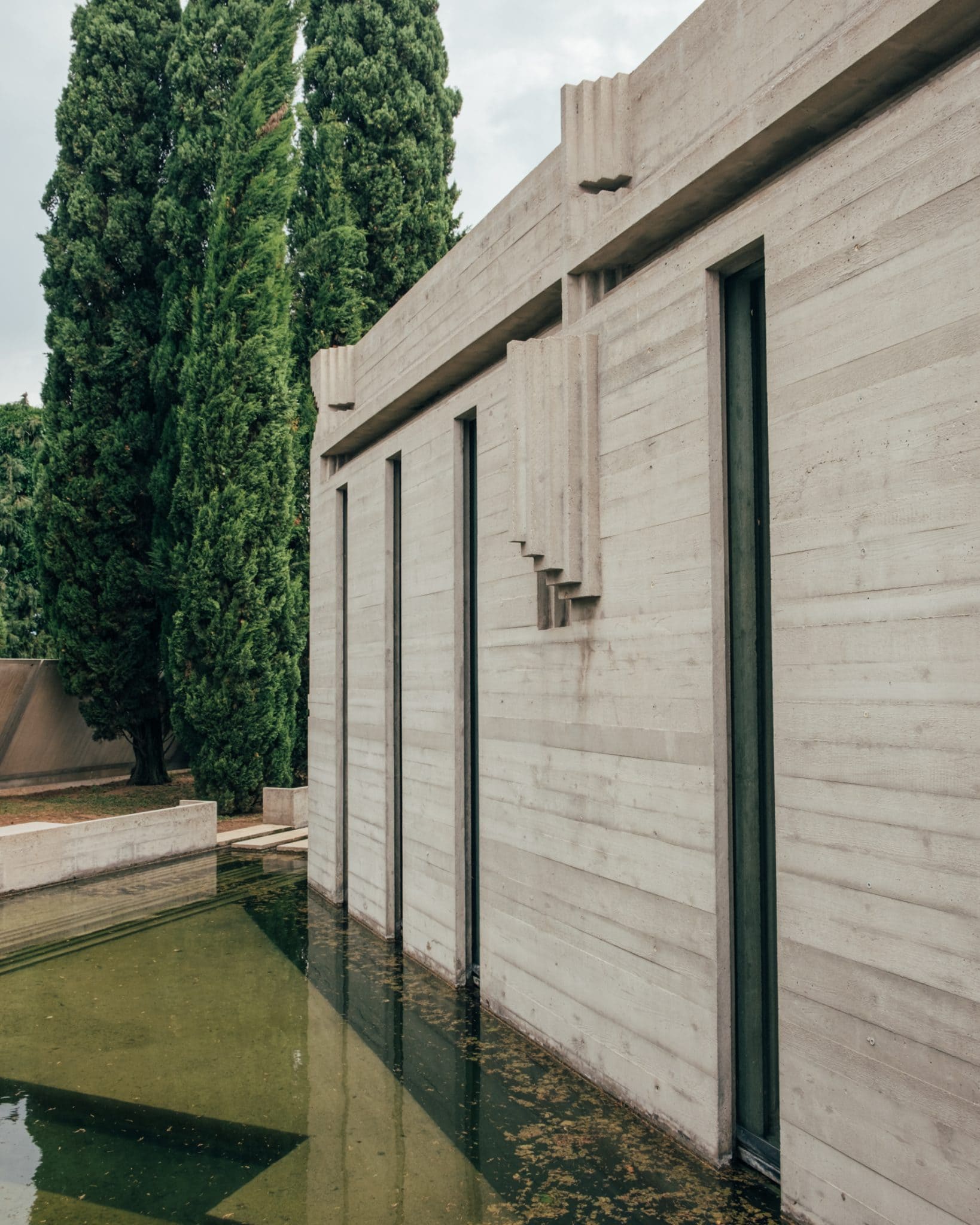
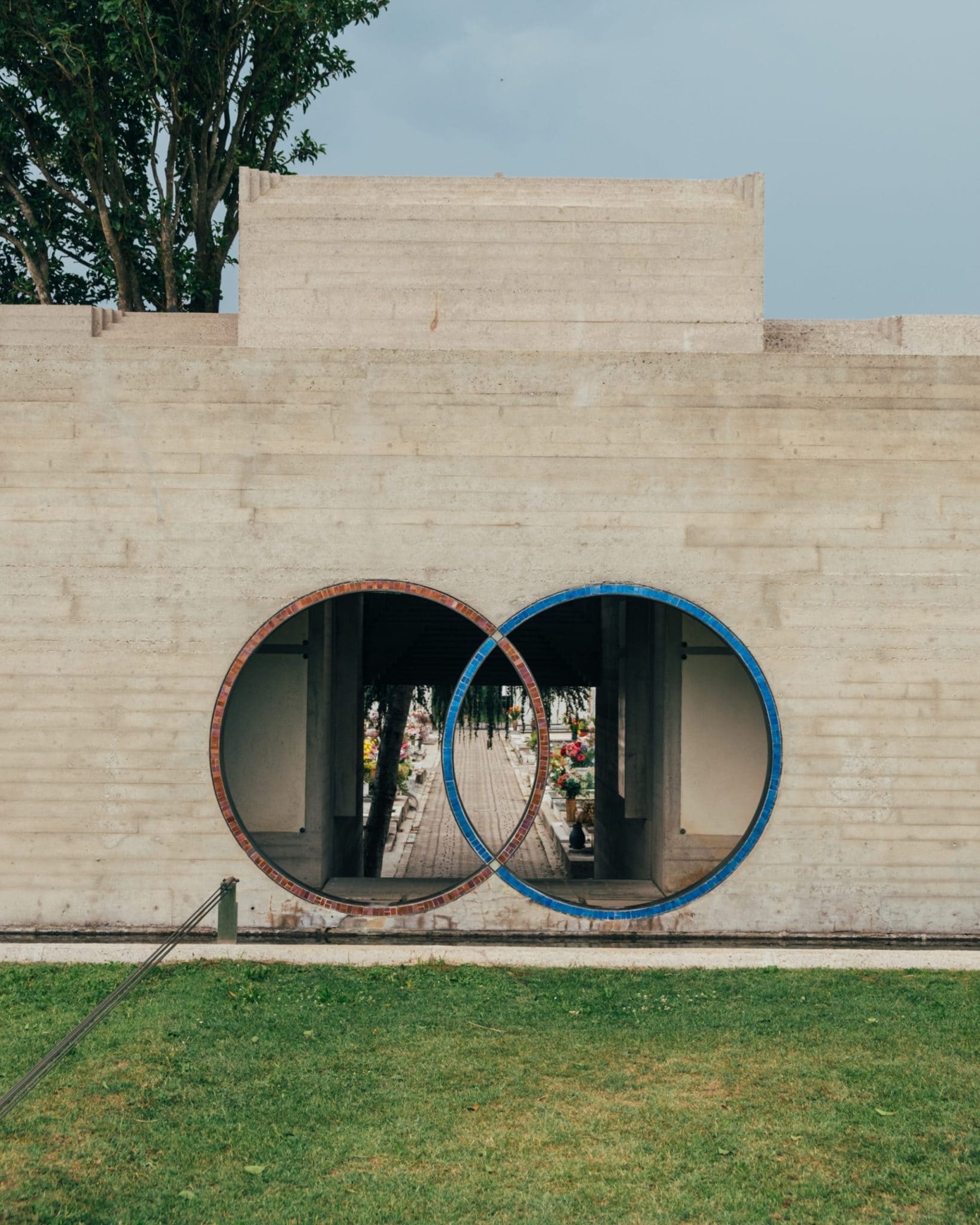
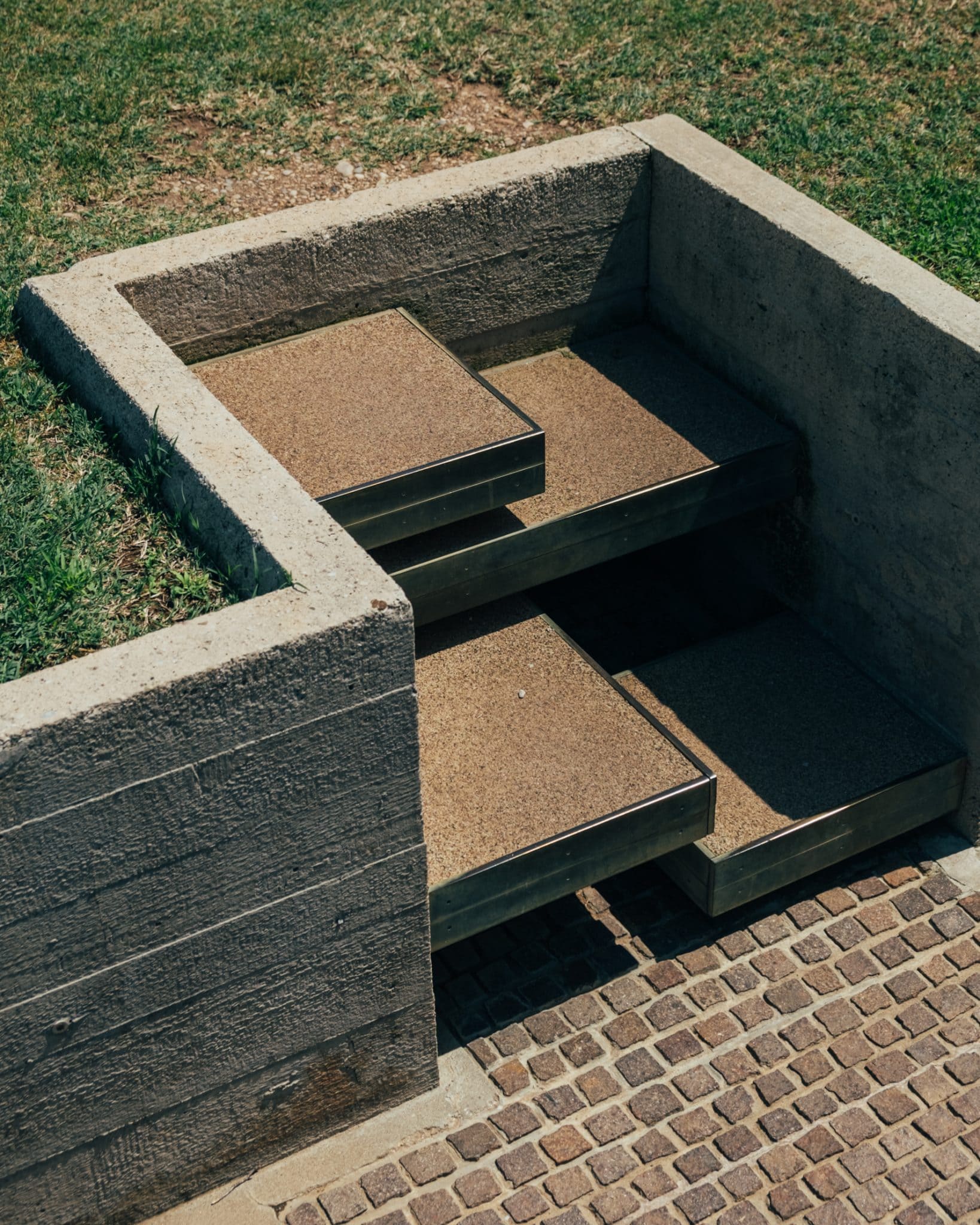
This particular work of Scarpa is a pure representation of duality and it is very well represented in a physical form. The concepts of life and death, past and present, are balanced with poetic imagery and beautiful details. In the center of the tomb is an open ark at the sides with the sarcophagi. There is also a gap characterized by two large holes that are intertwined, just like a vesica piscis, representing the union or the merging of two souls.
The adjoining pavilion, influenced by Japanese architecture, is surrounded by a pond with beautiful water lilies. While maintaining a dismal feeling given by the use of concrete, there is still a fresh approach that allows visitors to enter into a contemplative state to ponder and meditate.

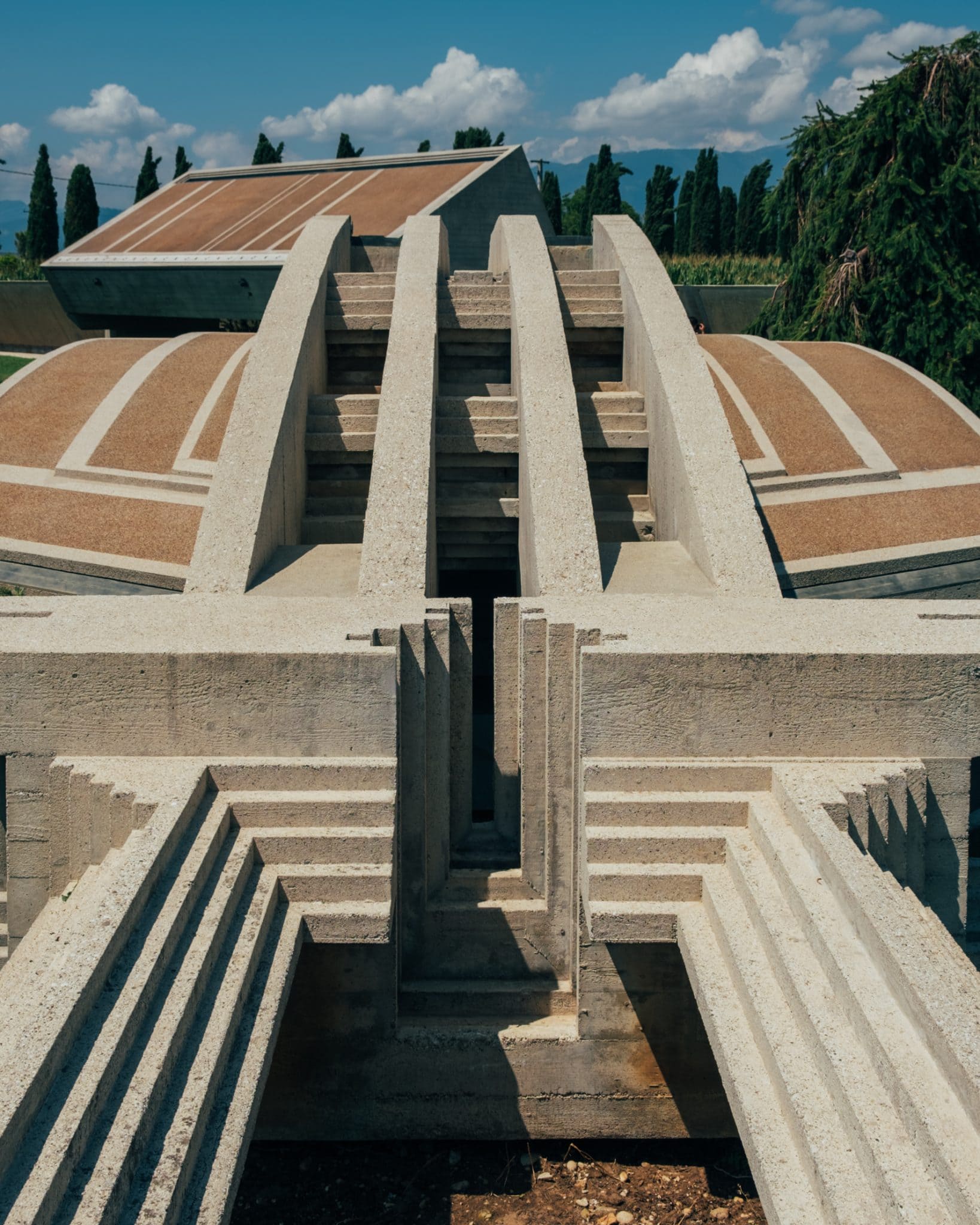
There is a certain ambivalence in this scenario caused by grief. But also a serene feeling brought by a narrative that walks us through different levels of understanding life, death and loss. The Brion Tomb creates a profound dialogue embodied by the architecture in which the space becomes a sanctuary. “If the architecture is any good, a person who looks and listens will feel its good effects without noticing”, said Scarpa.
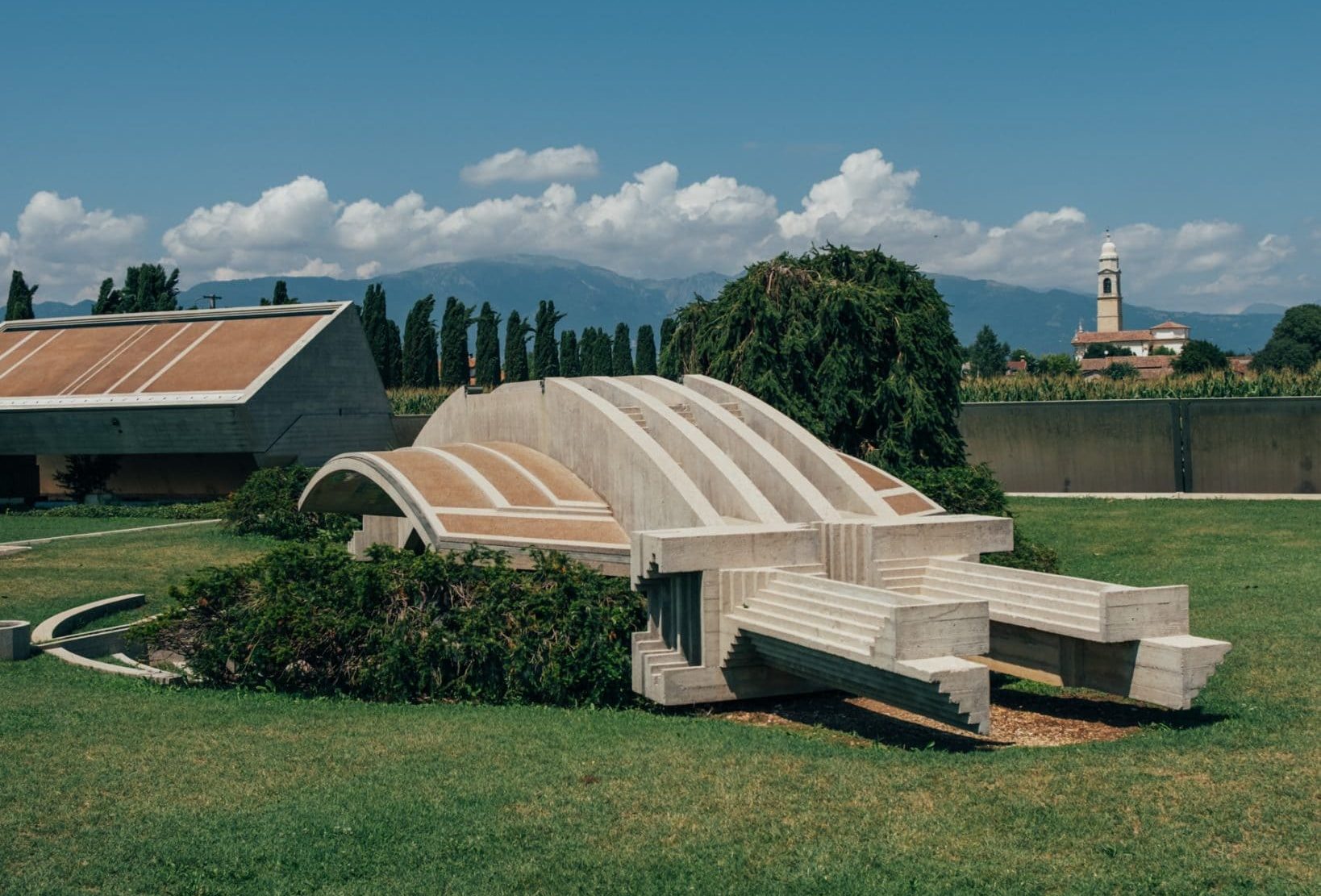
I truly believe in the power and the energy that’s transmitted in the spaces we inhabit as a way of immortalizing moments in time and finding inner peace within them. These places can become anything we ever imagined them to be, or can help guide us to experience life or, in the case of the Brion Tomb, experience loss through a different spectrum. A beautiful quote once said by Renzo Piano perfectly summarizes this idea: “One of the great beauties of architecture is that each time, it is like life starting all over again.”
